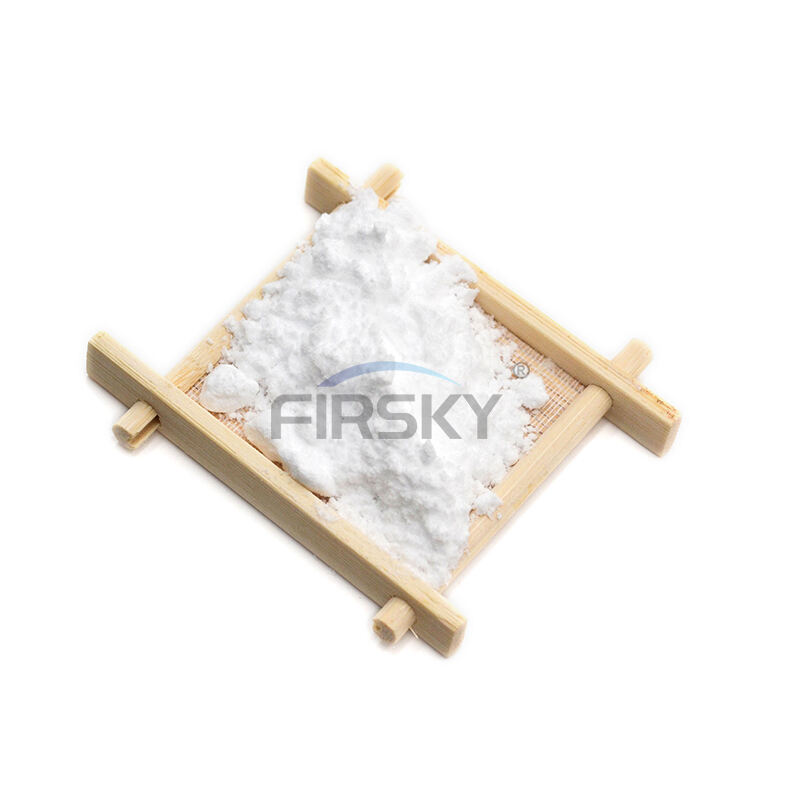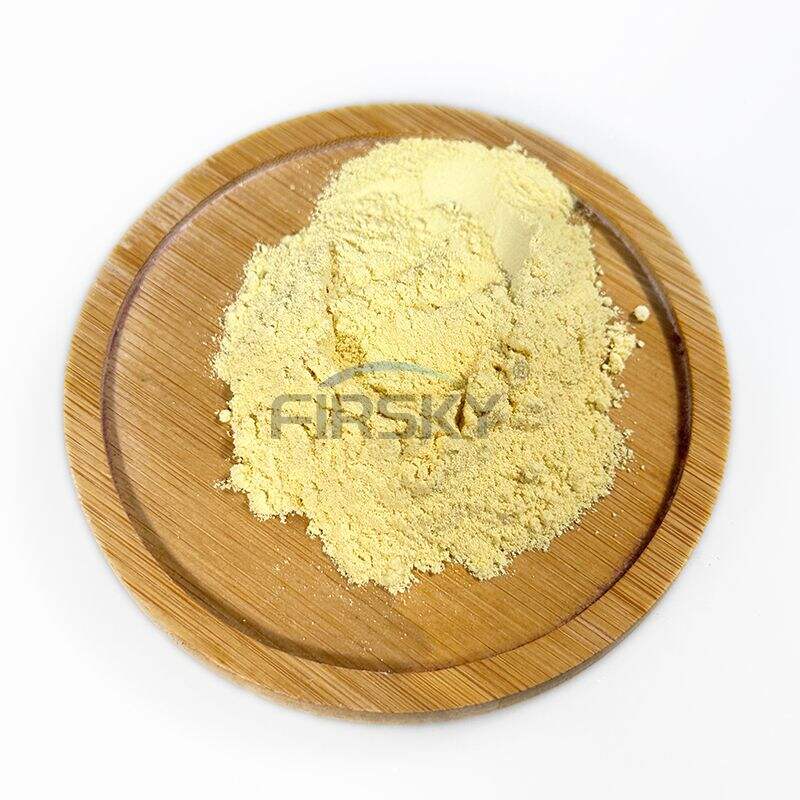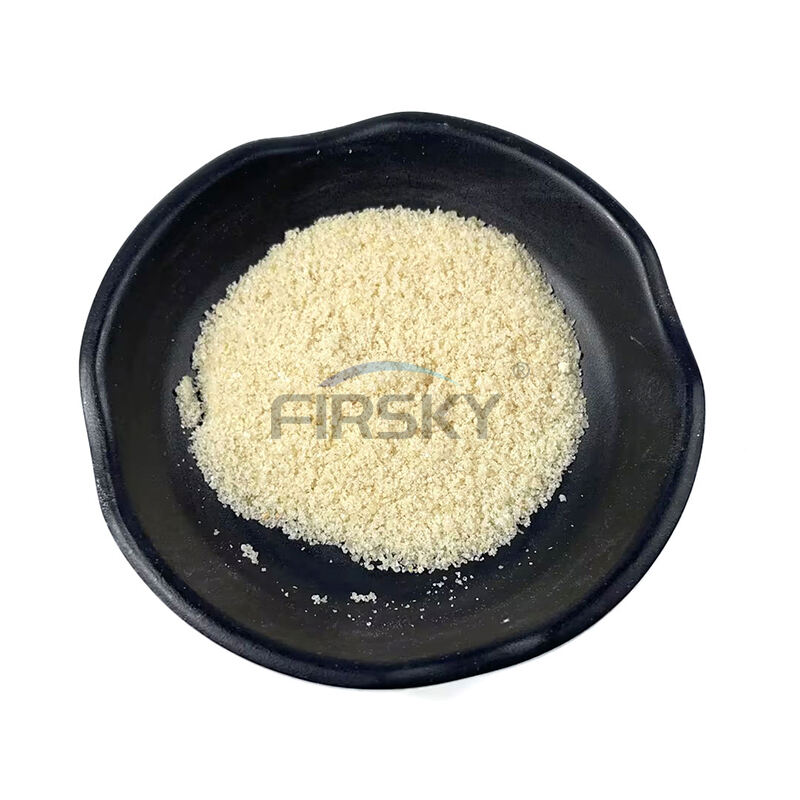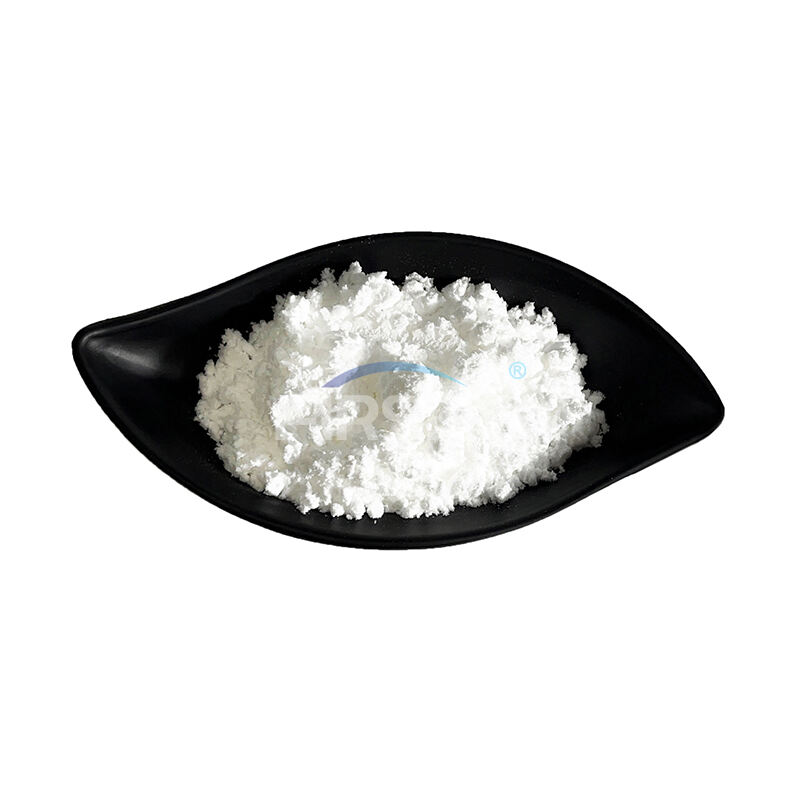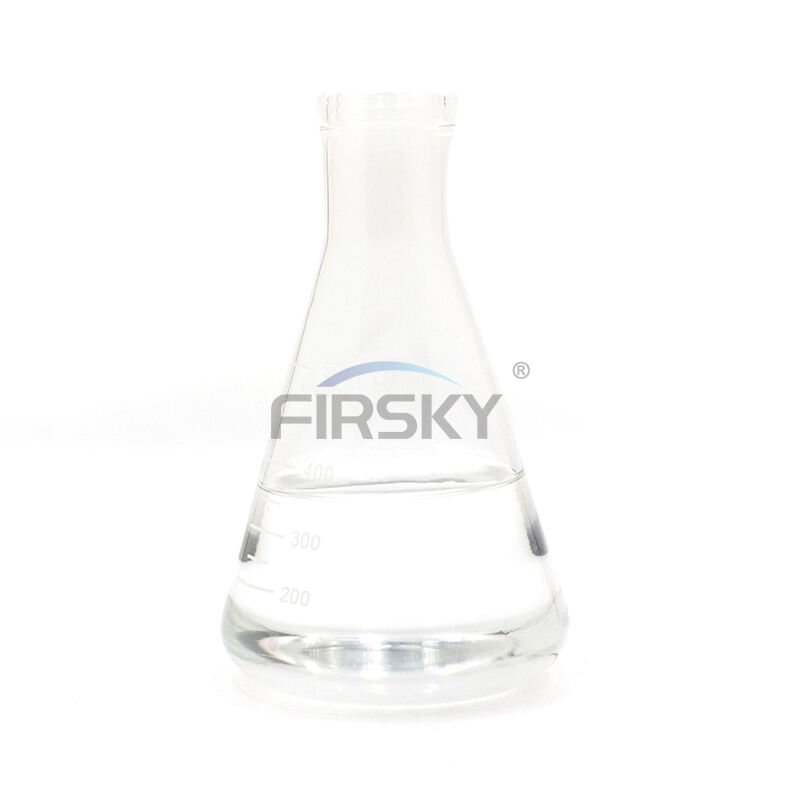- Overview
- Description
- Application
- Specifications
- Advantage
- Inquiry
- Related Products
| Place of Origin: | China |
| Brand Name: | FIRSKY |
| Model Number: | 1KG |
| Certification: | SGS,ISO 9001 |
| Purity: | 99% |
| Packaging Details: | Custom aluminum packages,paper boxes,wooden cartons |
| Delivery Time: | Tracks available within 3-5 working days after payment received |
| Payment Terms: | Escrow,Bank transfer,Western Union,Money Gram,Wise,Crypto currencies |
| Supply Ability: | 2000T/Mouth |
Description
D-tert-Butylglycine, also known as tert-Butyl-D-glycine or (R)-2-Amino-2,2-dimethylbutanoic acid, is an amino acid with a unique chemical structure. It is an isomer of the naturally occurring amino acid glycine, differing in the position of the tert-butyl group attached to the amino group.
Here are some key points about D-tert-Butylglycine:
Chemical Structure: D-tert-Butylglycine has the molecular formula C6H13NO2 and a molecular weight of 131.17 g/mol. Its chemical structure consists of a central alpha-amino group (NH2) bonded to a carbon atom (Cα), which is further bonded to a tert-butyl group (C(CH3)3) and a carboxyl group (COOH).
Chirality: Like other amino acids, D-tert-Butylglycine is a chiral molecule, meaning it has a non-superimposable mirror image. The "D" prefix in its name denotes that it belongs to the D-stereoisomer series, which is the enantiomer typically found in certain bacterial cell walls and some peptides.
Occurrence: D-tert-Butylglycine is not a standard amino acid found in proteins in living organisms. It is a synthetic or unnatural amino acid that is primarily used in peptide synthesis and in the design of novel peptide-based compounds.
Applications: Due to its unique structure, D-tert-Butylglycine is commonly used as a building block in peptide synthesis and in pharmaceutical research. It can be incorporated into peptides to modify their properties or enhance their stability.
Safety: As a synthetic amino acid, D-tert-Butylglycine is not naturally occurring in the human body, and its safety and biological effects may differ from standard amino acids. Studies and research on D-tert-Butylglycine are conducted to understand its impact on health and potential applications in the medical and pharmaceutical fields.
Application
D-tert-Butylglycine is a synthetic or unnatural amino acid with specific uses in chemistry and pharmaceutical research. Its unique structure makes it a valuable building block in peptide synthesis and drug design. Here are some key applications of D-tert-Butylglycine:
Peptide Synthesis: D-tert-Butylglycine is often used as a non-natural amino acid in peptide synthesis. Peptides are short chains of amino acids linked together, and they play crucial roles in various biological processes. Researchers utilize D-tert-Butylglycine to incorporate it into peptide sequences to modify their properties, enhance their stability, or investigate specific interactions.
Drug Design: In pharmaceutical research, D-tert-Butylglycine can be used in the design of novel peptide-based drugs or pharmaceutical compounds. The introduction of D-tert-Butylglycine into peptide structures can alter their biological activity, specificity, and pharmacokinetic properties, making them potential candidates for drug development.
Enzyme Studies: D-tert-Butylglycine may be utilized in enzyme studies to investigate enzyme-substrate interactions or enzyme catalysis. By incorporating D-tert-Butylglycine into specific peptide sequences, researchers can explore the role of particular amino acid residues in enzyme function.
Structural Studies: D-tert-Butylglycine can serve as a valuable tool in structural studies of peptides and proteins. Its unique properties and interactions with other amino acids can provide insights into the three-dimensional folding and conformational changes of biological molecules.
Peptide Mimetics: D-tert-Butylglycine can be used in the design of peptide mimetics, which are synthetic compounds that mimic the structure and function of naturally occurring peptides. Peptide mimetics may offer advantages over natural peptides, such as improved stability or bioavailability.
Chemical Biology: D-tert-Butylglycine is employed in chemical biology studies to probe protein-protein interactions and understand the role of specific amino acids in cellular processes.
It's essential to note that D-tert-Butylglycine is not a naturally occurring amino acid in proteins, and its use is primarily limited to research and laboratory settings. Its safety and biological effects may differ from standard amino acids, and it is not used for medical or therapeutic purposes in clinical practice. Researchers and scientists must handle D-tert-Butylglycine with appropriate safety measures, following laboratory protocols and guidelines.
Specifications
| Product Name: | D-tert-Butylglycine |
| Synonyms: | D-ALPHA-T-BUTYL-GLY-OH;D-ALPHA-TERT-BUTYLGLYCINE;H-D-TLE-OH;H-D-(TBU)GLY-OH;D-T-LEUCINE;D-TERT-BUTYLGLYCINE;D-TERT-LEUCINE;D-2-TERT-BUTYLGLYCINE |
| CAS NO: | 26782-71-8 |
| EINECS: | 607-998-2 |
| Molecular Formula: | C6H13NO2 |
| Molecular Weight: | 131.17 |
| Melting Point: | ≥300 °C (lit.) |
| Boiling Point: | / |
| Density: | 1.038±0.06 g/cm3(Predicted) |
| Appearance: | White powder to crystal |
| Storage: | Keep in dark place,Sealed in dry,Room Temperature |
Advantage
1.Firsky (Wuhan) keeps working to provide customers with high-quality products steadily. We have established a sound internal quality management system and are constantly striving to improve quality, reduce deviation and waste.
2.If you have any questions, please feel free to ask questions, we will reply to your questions within 48 hours.
3.If you have any questions after receiving the goods, please feel free to contact us. If the loss is caused by us, we guarantee 100% compensation.


